
Comparing Azelaic Acid And Niacinamide: Which Works Better For Your Skin?
Azelaic acid and niacinamide are well-recognised names in the skincare industry. Both azelaic acid and niacinamide have innumerable benefits for individuals battling issues like acne and hyperpigmentation. But what if you have to choose between the two? Which one do you think would be more suitable for your skin? Check out the differences between these two potent skincare ingredients and find out which one is more appropriate for your skin.
What are Azelaic Acid and Niacinamide?
Azelaic acid belongs to the category of dicarboxylic acids because of its unique molecular structure. A yeast living on our skin normally produces this acid, which makes its pH level closer to your skin. The high molecular weight of this acid also makes it extremely beneficial for gently exfoliating our skin.
Niacinamide, one form of vitamin B3, is water-soluble and a highly stable ingredient. Since it is suitable for different skin types and issues, niacinamide is considered to be highly versatile. Similar to azelaic acid, niacinamide plays a vast role in strengthening the protective barrier of the skin to prevent environmental triggers.
Benefits of Azelaic Acid for the Skin
Azelaic acid is particularly beneficial for individuals with acne-prone skin. Additionally, using azelaic acid on the skin can help individuals struggling with hyperpigmentation. Due to its gentle nature, azelaic acid works well even on sensitive skin types.
Individuals with rosacea can particularly benefit from the application of azelaic acid. Some azelaic acid skin benefits include:
- Eliminating congestion on the surface of the skin without stripping off the natural moisture
- Removing dark spots, post-acne marks, and other forms of hyperpigmentation
- Make your overall complexion clearer and smoother
- Maintain a natural balance in the skin to facilitate proper cell functioning
Benefits of Niacinamide for the Skin
Niacinamide is perfect for sensitive as well as acne-prone skin due to its gentle nature. Some benefits of niacinamide for individuals who incorporate the ingredient in their daily skincare regimen include:
- Reducing hyperpigmentation and dark spots
- Making the skin clearer, smoother, and brighter
- Bringing down sebum production and getting rid of blemishes
- Enhance the natural protective abilities of the skin
Also read: Benefits of Niacinamide for Good Skin
Comparing Azelaic Acid and Niacinamide
Let’s dive into the differences between niacinamide and azelaic acid according to the following parameters:
- Effectiveness: Both niacinamide and azelaic acid are effective ingredients in treating pimples and hyperpigmentation in individuals. You might be able to enjoy more benefits with a powerful combination of niacinamide and azelaic acid together.
- Side Effects: Usually, niacinamide is a safe ingredient, even for individuals with sensitive skin. But niacinamide might trigger a burning sensation on a damaged skin barrier. After beginning to use azelaic acid, individuals might face issues like itching, redness, stinging, and burning. But the side effects subside with time. Moreover, you probably won’t experience the side effects if you apply azelaic acid over moisturiser.
- Application Methods: Niacinamide is a generally well-tolerated ingredient. So, you should apply it first on your skin before azelaic acid. The Super Clarifying 12% Niacinamide Face Serum includes the ingredients in the right quantity and is suitable for all skin types. In the case of azelaic acid, a concentration of 15% is enough for the skin.
Which One is Right for You?
When it comes to choosing between azelaic acid and niacinamide, there’s no right or wrong. It’s imperative to keep in mind that everyone’s skin has different needs and demands. So, while niacinamide might work for someone, you might notice great results from using azelaic acid.
It’s always prudent to go with a patch test with the two ingredients. It will help you find out which ingredient shows better results on your skin for you to embrace it in your long-term skincare regimen.
Using Azelaic Acid and Niacinamide Together
If you can’t choose between niacinamide and azelaic acid, remember that you don’t have to. You can safely enjoy the dual benefits of the potent ingredients on your skin. Using them together might help in enhancing one another’s effectiveness. Since both these ingredients work close to the pH levels of the skin, there won’t be any incompatibility issues.
Conclusion
Niacinamide and azelaic acid are both exceptional ingredients for individuals dealing with hyperpigmentation and acne. Depending on the sensitivity of the skin, one might be better suited than the other. But you can also use the two ingredients together to enjoy added benefits on your skin.
FAQs:
1. Is niacinamide better than azelaic acid?
Usually, niacinamide is a generally well-tolerated ingredient and does not cause too many side effects. But that doesn’t mean azelaic acid is not a beneficial ingredient. Some people might find better results from using azelaic acid over niacinamide. So, you should always consider the needs of your skin before choosing between niacinamide and azelaic acid.
2. What concentration of niacinamide is useful for curing acne?
Around 12% of niacinamide is suitable for curing acne and getting clear skin. The Super Clarifying 12% Niacinamide Face Serum contains the right amount of niacinamide to minimise acne and even out your skin tone.
3. Is a niacinamide serum good for sensitive skin?
Niacinamide serum works well on sensitive skin due to its calming effect. The right concentration of niacinamide in serum can treat acne and hyperpigmentation in people with sensitive skin.
4. Is azelaic acid better than niacinamide for dry skin?
Niacinamide is better than azelaic acid for people with dry skin. Since niacinamide can protect the natural barrier of your skin, it will help with moisture retention.
5. Is niacinamide or azelaic acid better for hyperpigmentation?
For hyperpigmentation, niacinamide is likely more effective as it directly inhibits melanin production in skin cells. Azelaic acid works by accelerating cell turnover and reducing inflammation.
6. What are the benefits of azelaic acid and niacinamide together?
Using azelaic acid and niacinamide together can provide complementary brightening benefits - niacinamide reduces melanin, while azelaic acid speeds up cell turnover and decreases inflammation that can darken the skin.






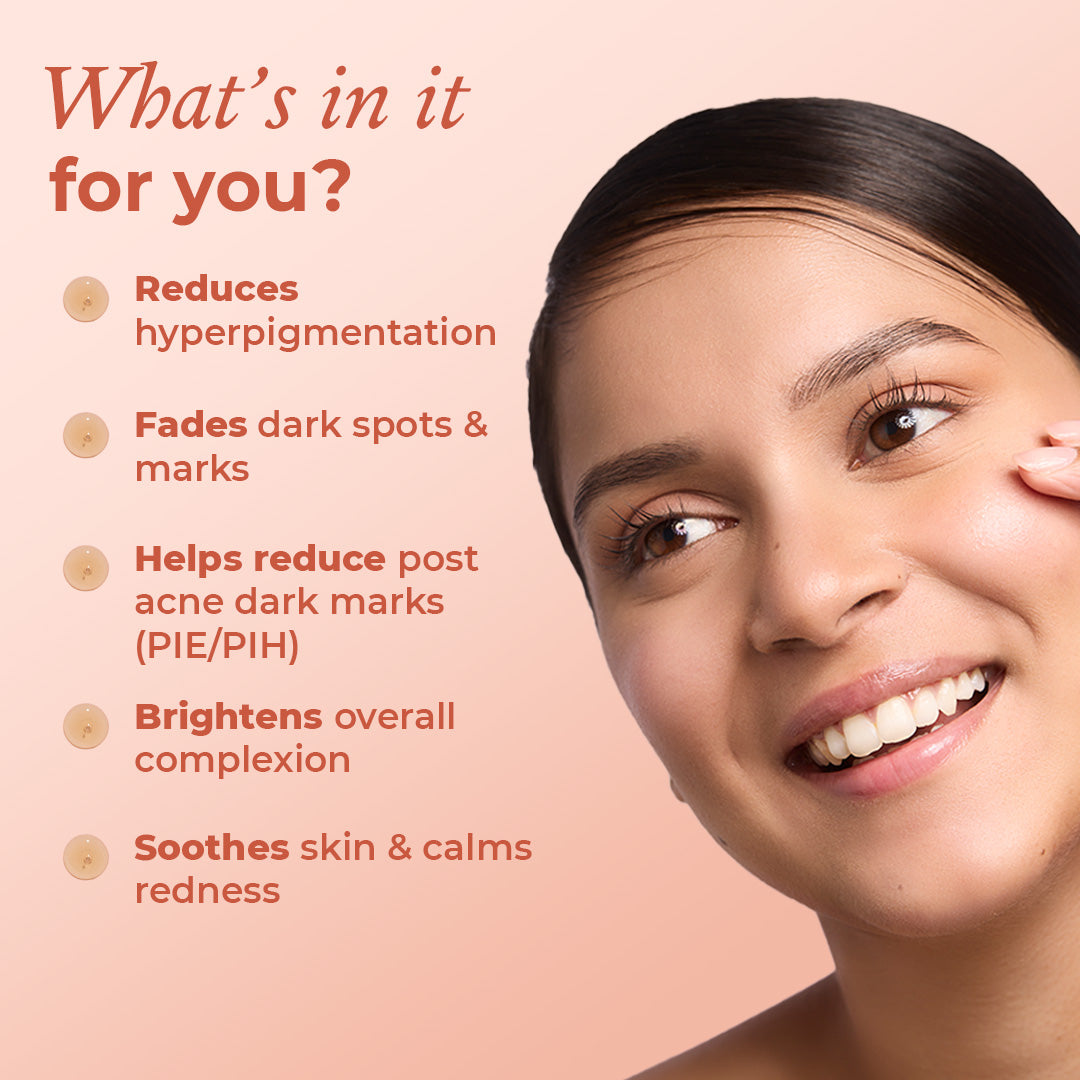


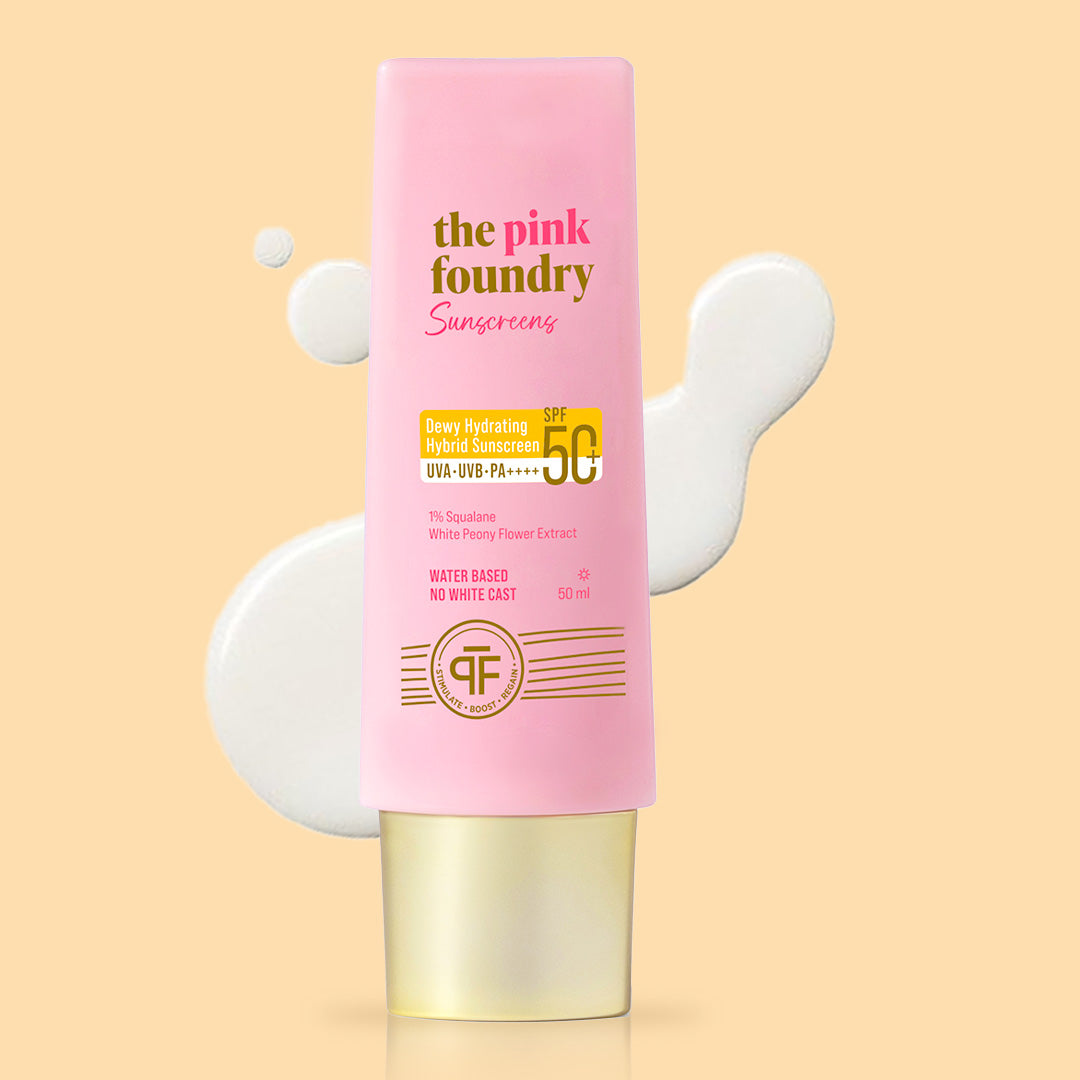
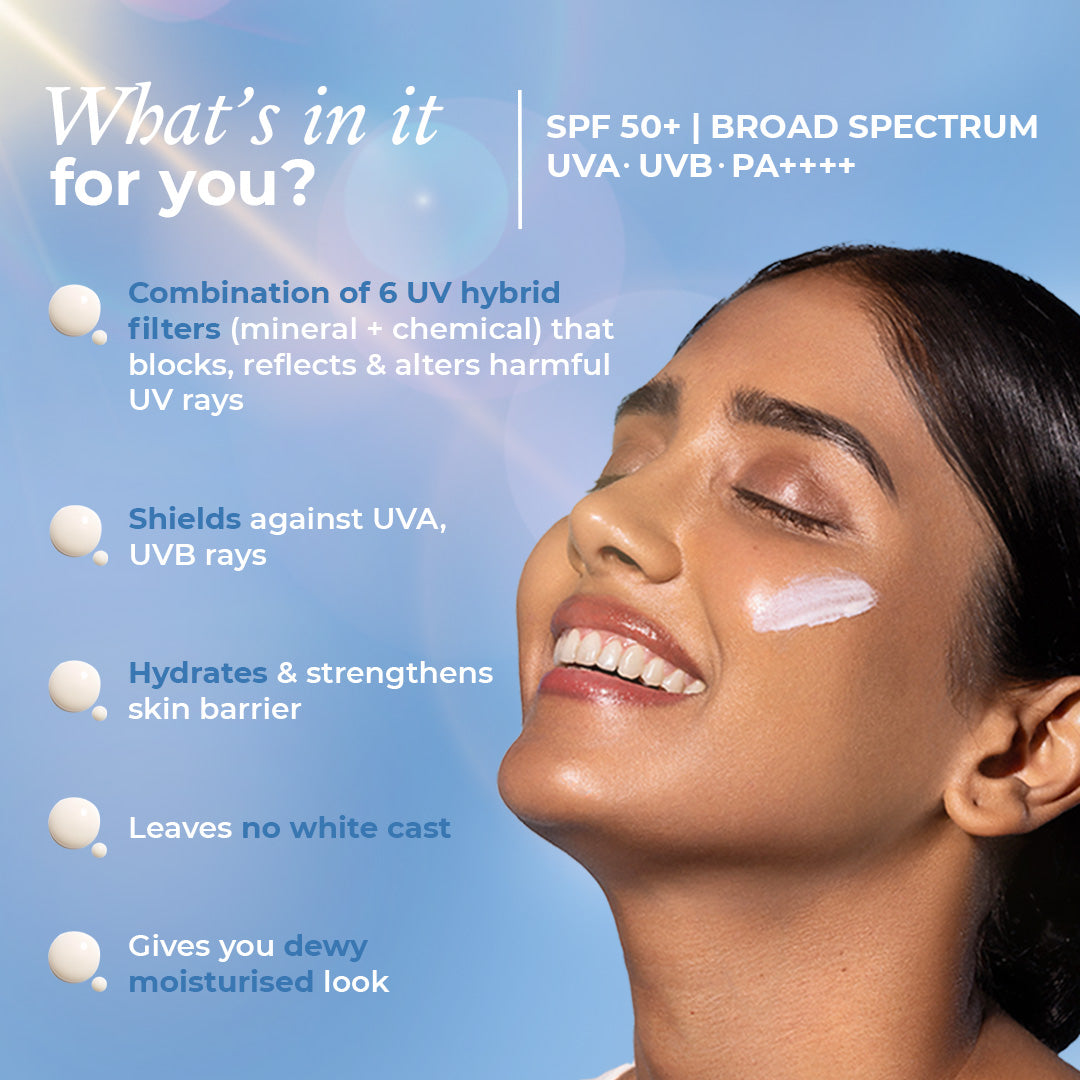
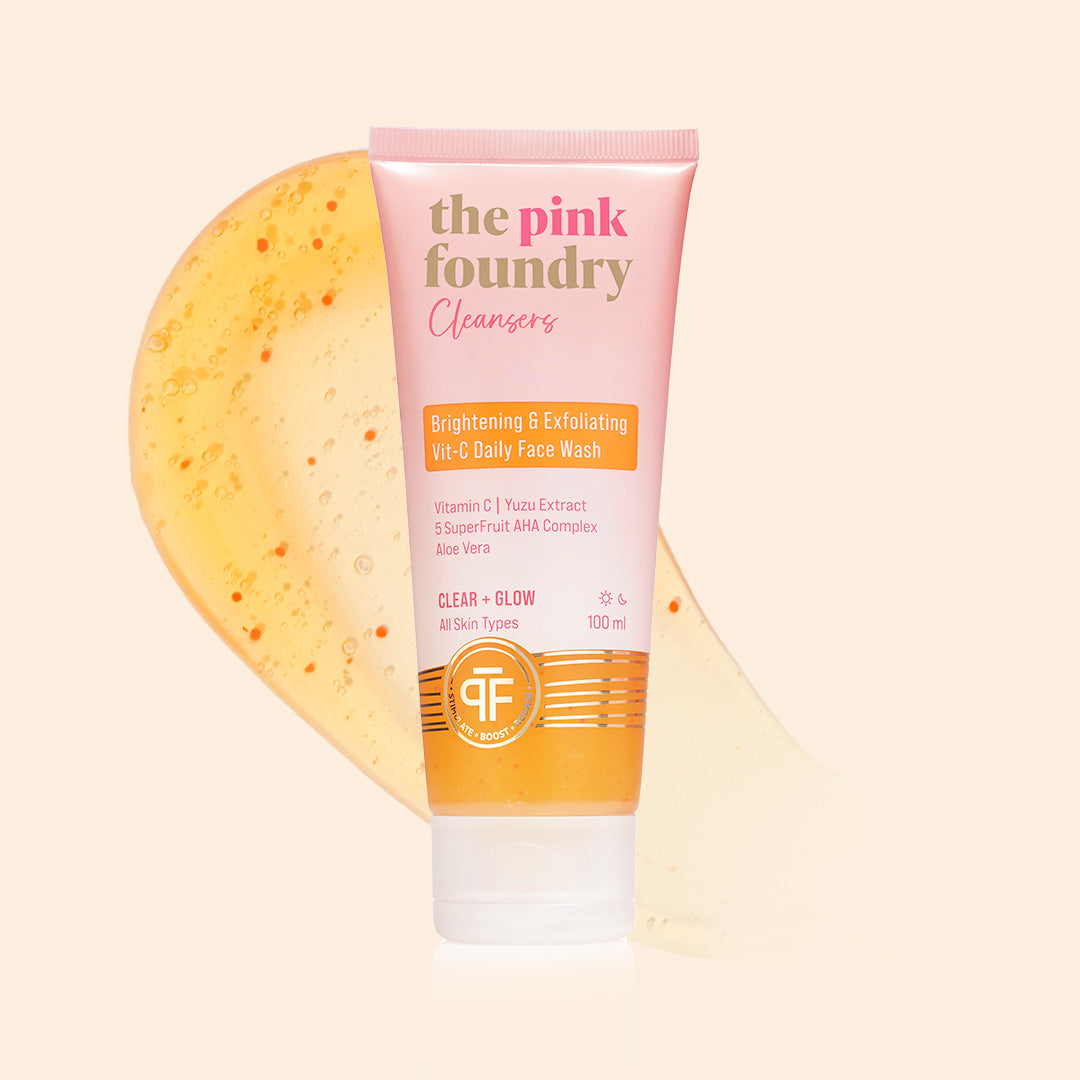
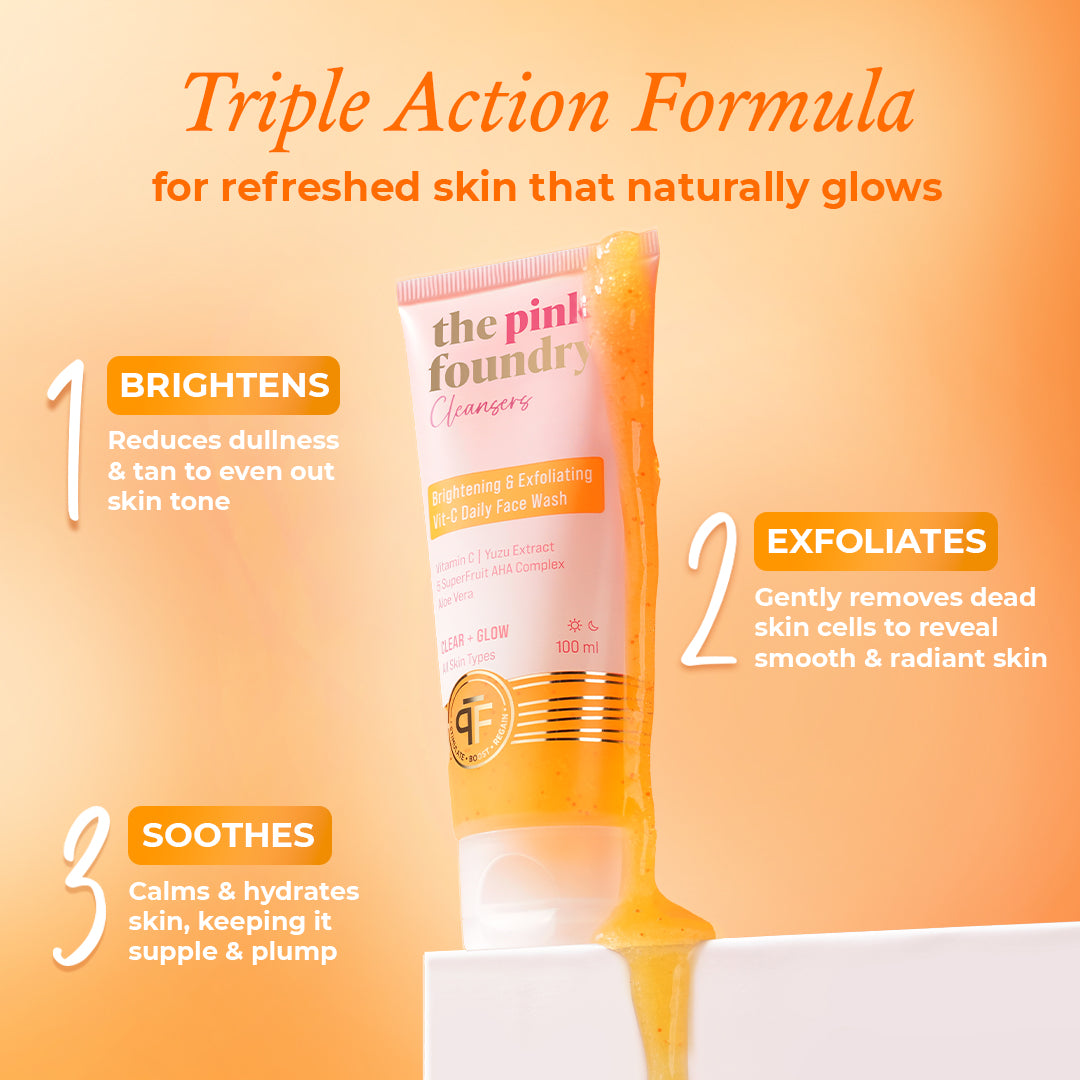
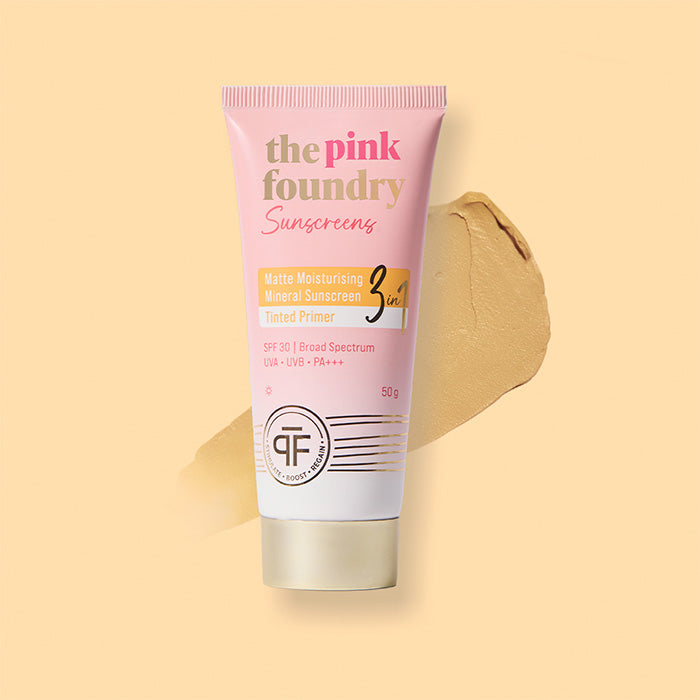
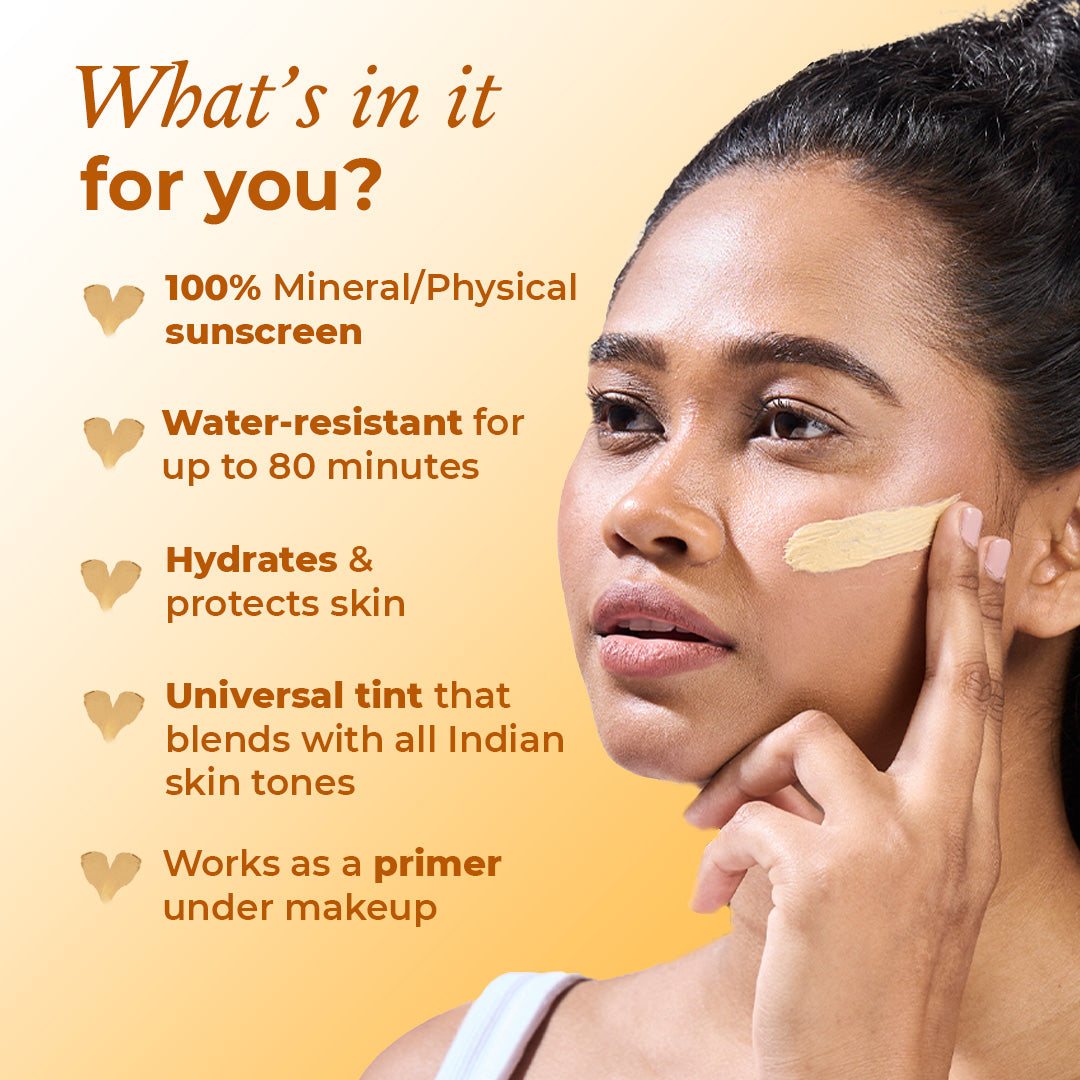
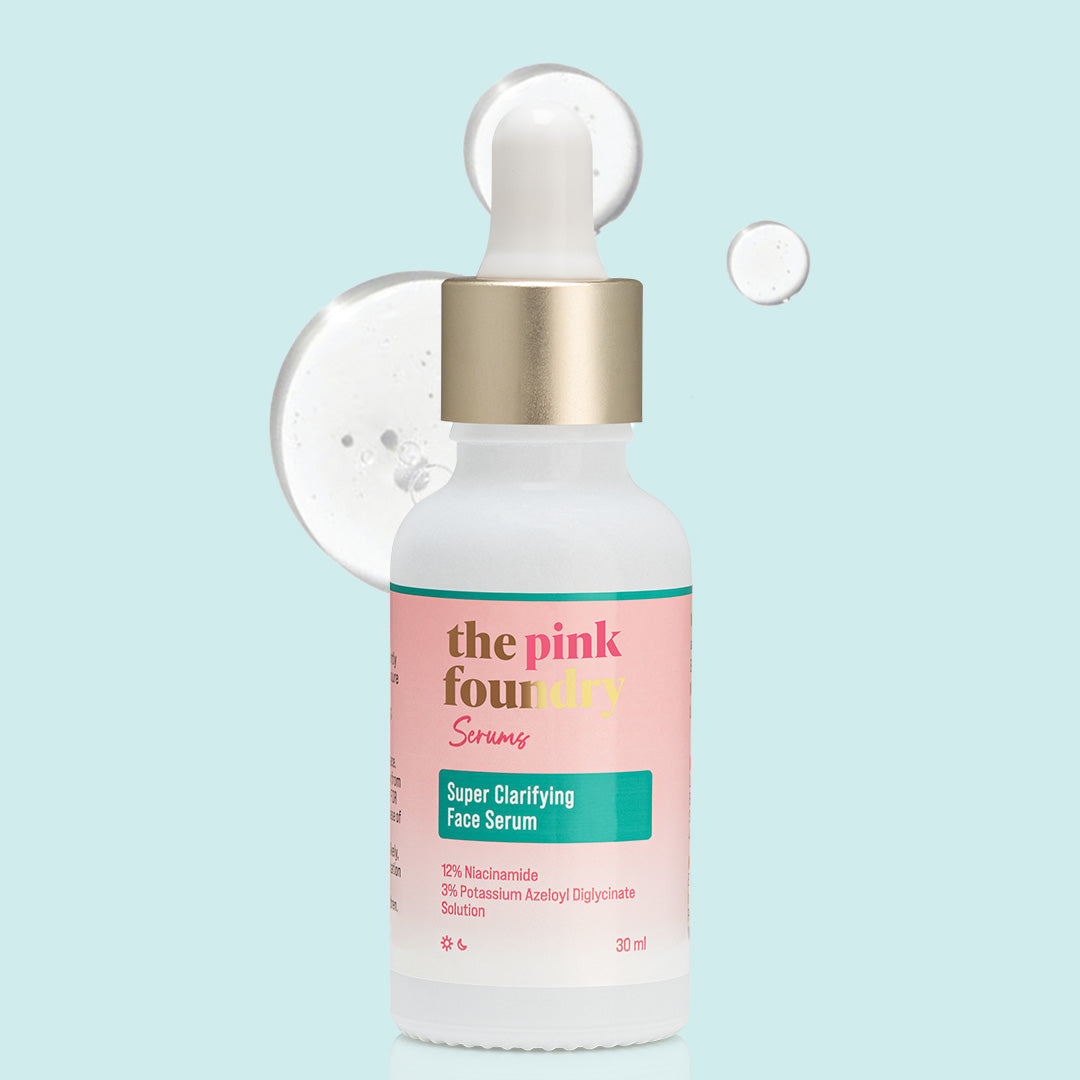
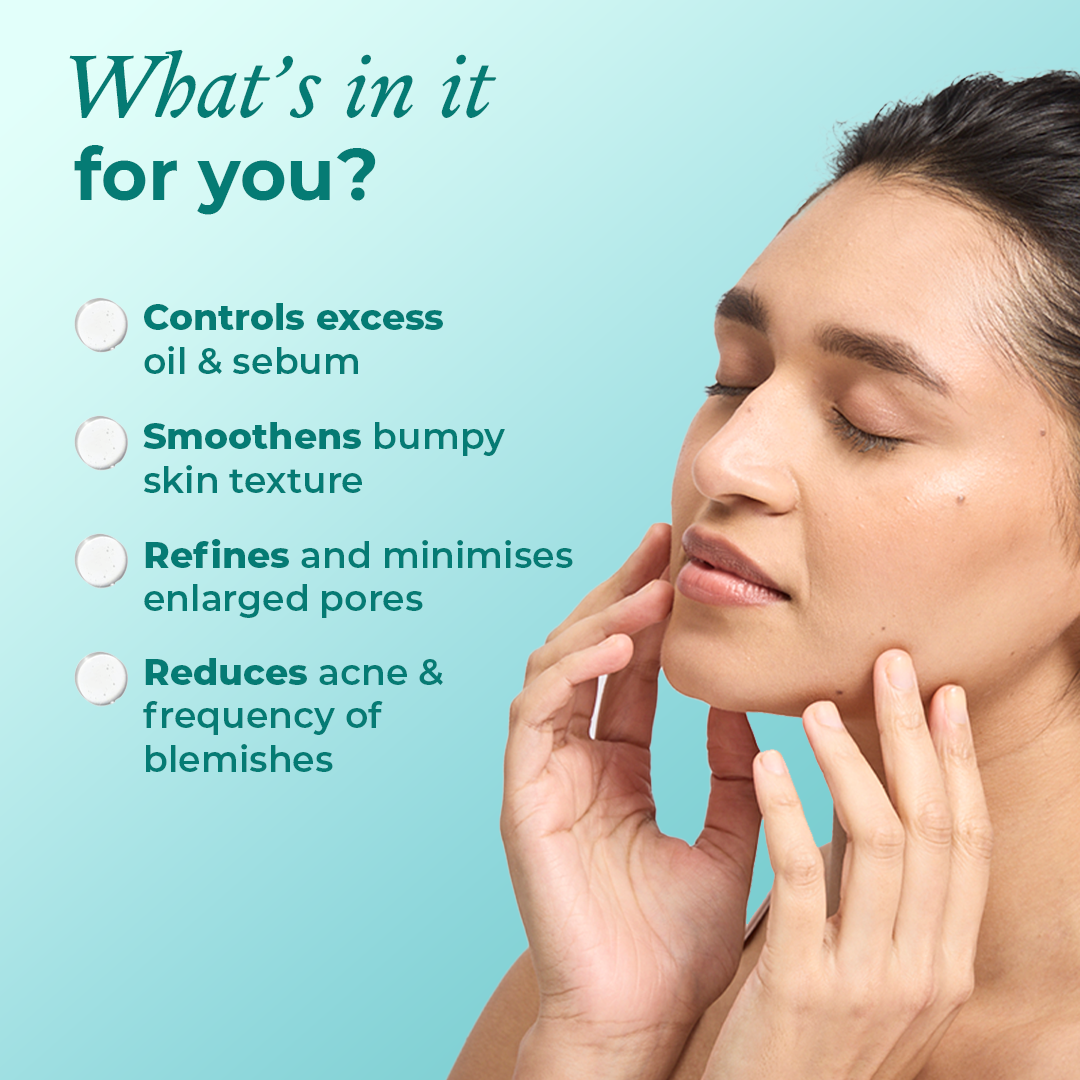

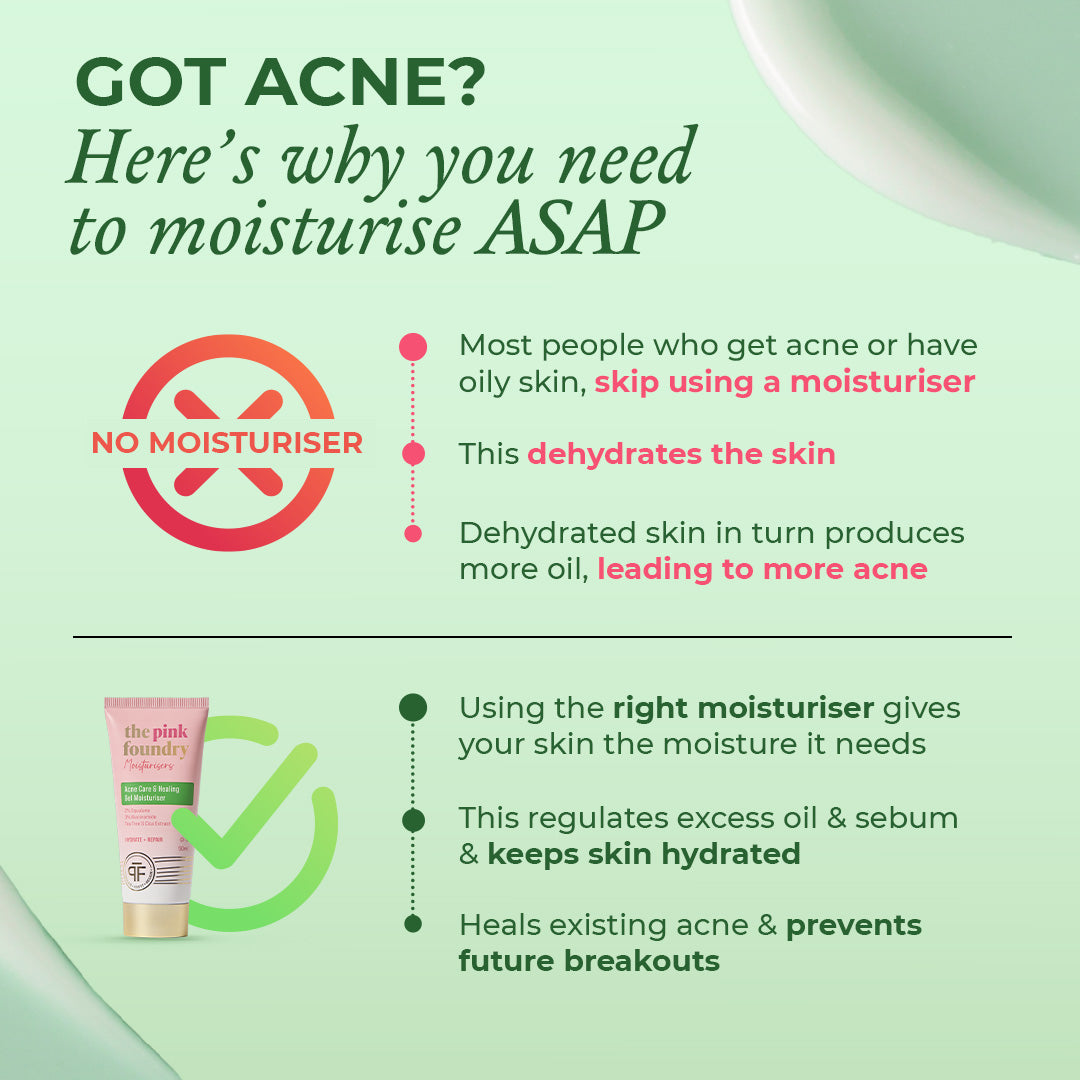
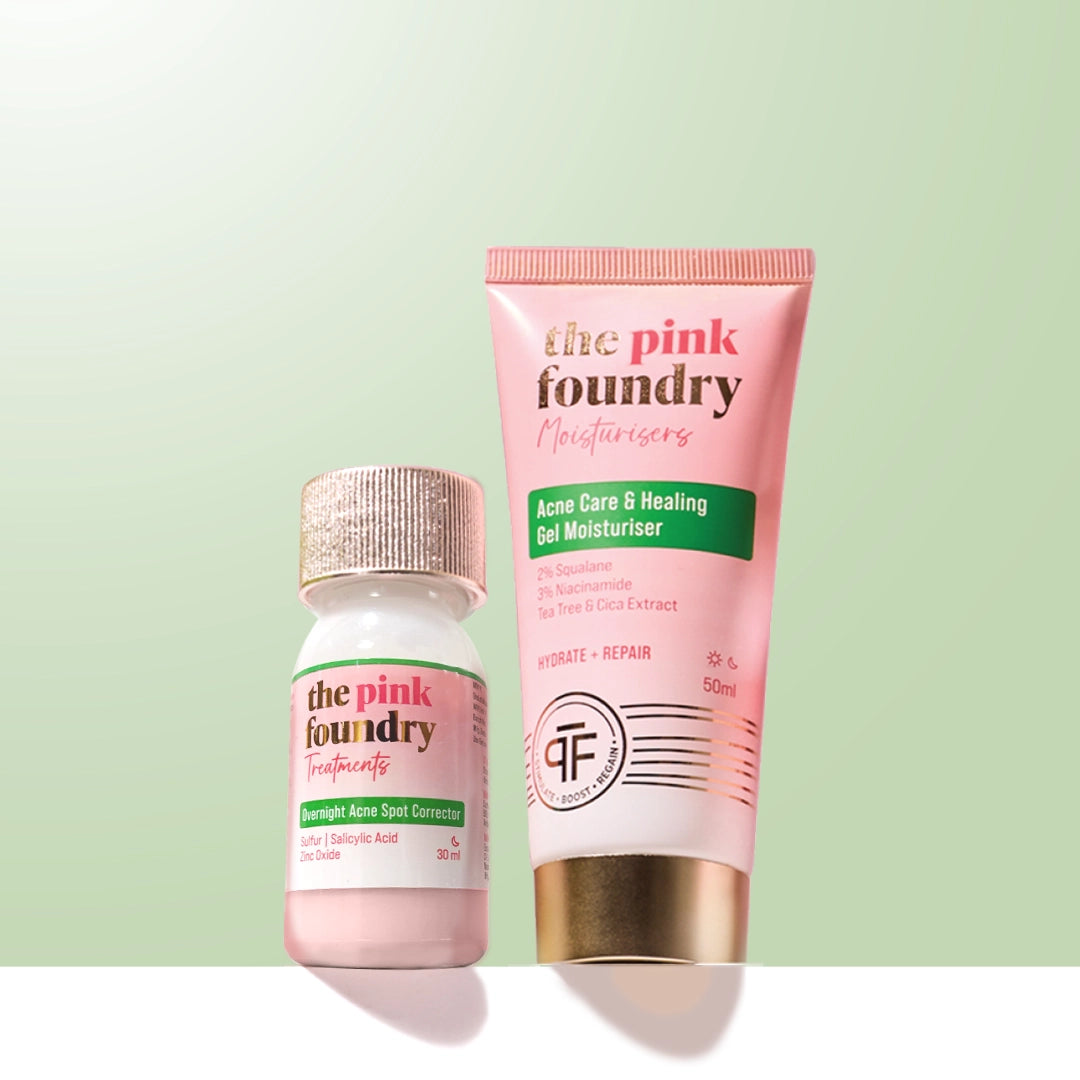
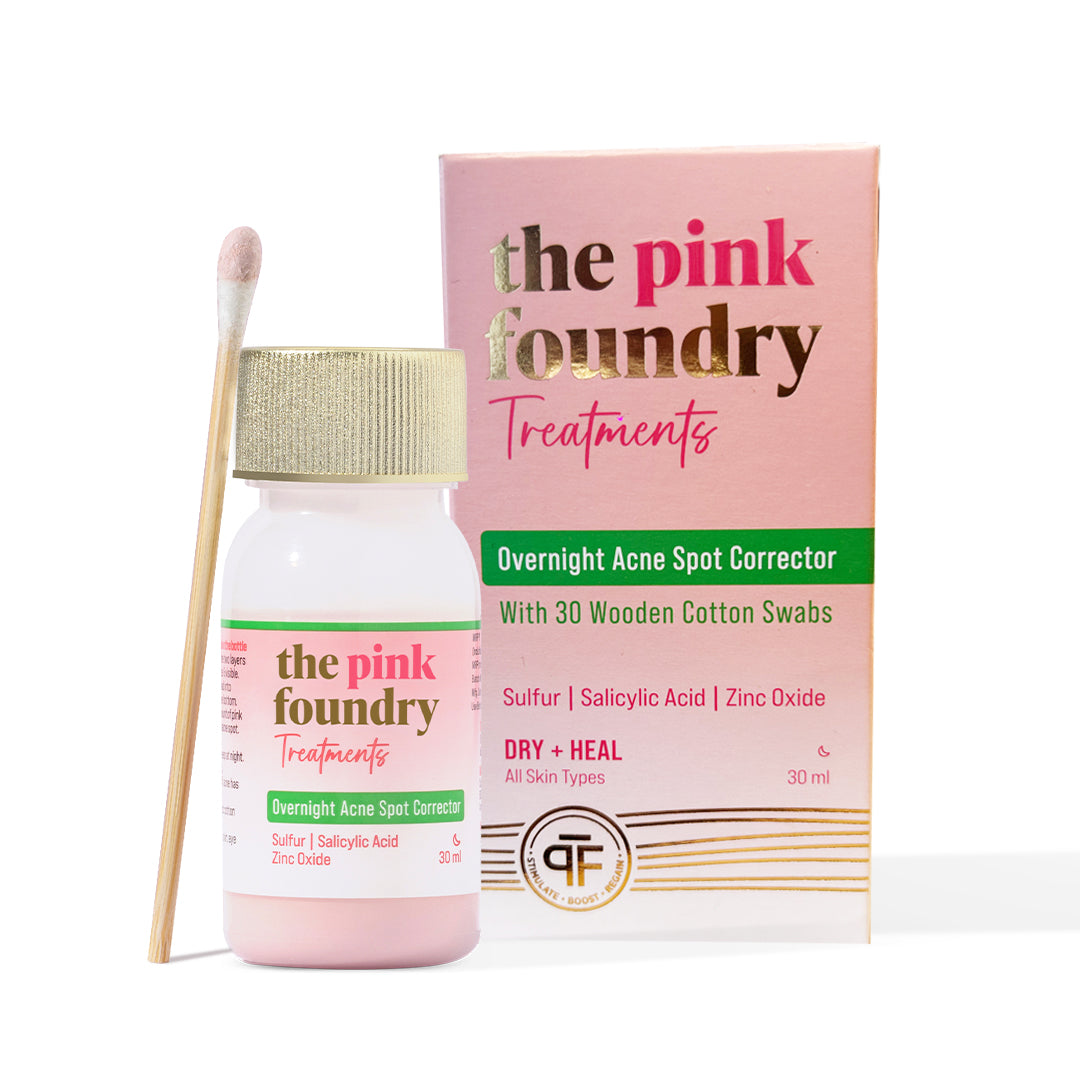
Leave a comment
This site is protected by hCaptcha and the hCaptcha Privacy Policy and Terms of Service apply.